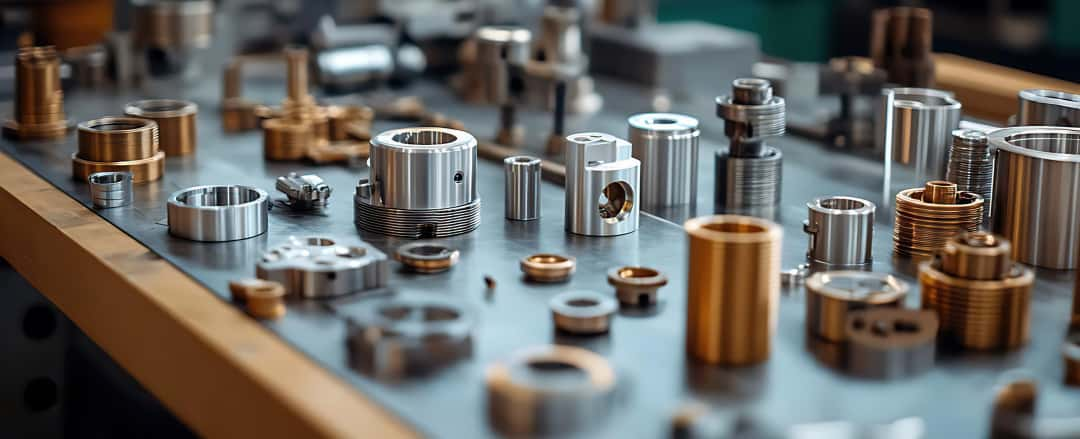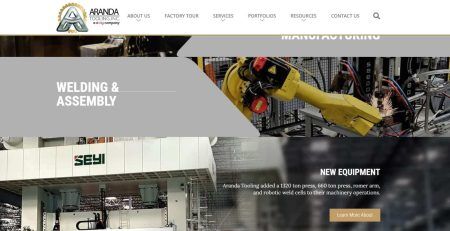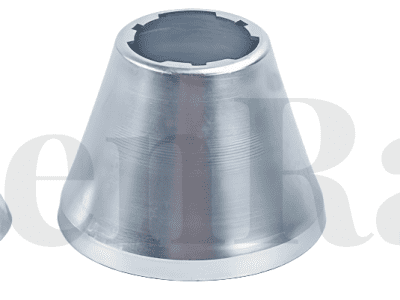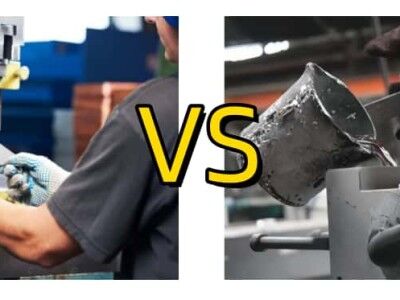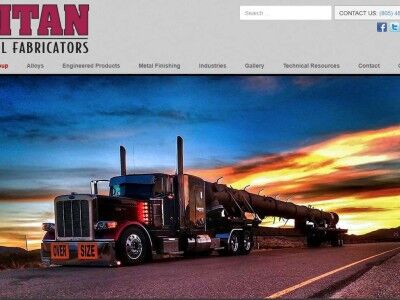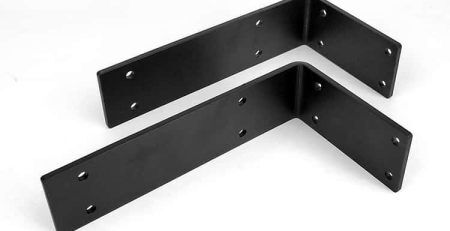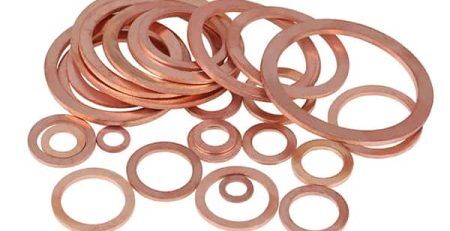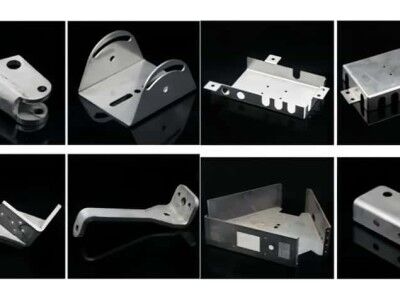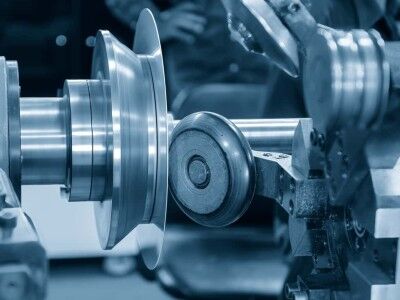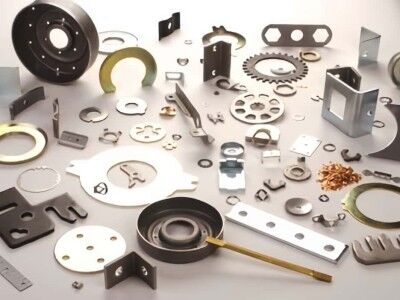CNC Machining Guide: Basics
CNC Machining Guide: Basics
CNC machining, a process that integrates advanced technology and innovative ideas, is promoting the development of manufacturing with unprecedented strength. It is not only a processing method, but also an important symbol of modern industrial progress. From key components in the aerospace field, to precision parts in the automotive industry, to all kinds of common supplies in daily life, CNC machining is everywhere.

What is CNC Machining?
CNC machining refers to according to the pre-prepared processing program, through the digital control system to control the movement of the machine tool and the processing process, so as to automatically complete the processing of parts. It integrates computer technology, automatic control technology, precision measurement technology and machine tool manufacturing technology, which can realize high-precision and high-efficiency machining of complex shape parts.
Common CNC Machining Types
CNC Turning
Definition: CNC turning refers to a machining method that uses CNC system to control the turning tool to cut the rotating workpiece according to the predetermined track and parameters, so as to realize the machining of the outer circle, inner hole, end face, thread and other surfaces of various rotating parts to obtain the required shape, size and surface quality.
Principle: The workpiece does the rotating main movement, and the turning tool does the linear feed movement along the axis of the workpiece. According to the pre-prepared machining program, the CNC system accurately controls the workpiece speed, the feed speed of the turning tool and the cutting depth. The workpiece in rotation is cut by turning tool, so that the workpiece is machined into various shapes and sizes of rotating parts to meet the design requirements.

CNC Milling
Definition: CNC milling is a digital machining process in which the rotary motion of the milling cutter and the movement of the workpiece relative to the milling cutter are controlled by the CNC system on the CNC milling machine or machining center to obtain the desired shape, size and surface quality.
Principle: Milling cutter rotation is the main movement, and the workpiece or milling cutter is fed along the axis direction. CNC system in accordance with the pre-set processing procedures and relevant parameters, accurately control the relative motion of the milling cutter and the workpiece, speed, feed, etc., using the cutting action of the milling cutter to remove excess material on the workpiece, so as to process the workpiece into the expected shape, size and surface quality.

CNC Drilling
Definition: CNC drilling refers to a numerical control machining method in which the rotary motion of the drill bit and the feed motion of the drill bit relative to the workpiece are controlled by the numerical control system on the CNC drilling machine.
Principle: The bit rotates the main movement, while the feed movement is done along the axis. According to the pre-written program and set parameters, the CNC system accurately controls the speed, feed speed and cutting depth of the bit, so that the bit can drill holes with specific diameter and depth requirements on the workpiece.
CNC Grinding
Definition: CNC grinding refers to the precise control of the rotating motion of the grinding wheel and the relative motion of the workpiece and the grinding wheel through the numerical control system to grind the workpiece to obtain high precision, good surface quality and specific shape processing technology.
Principle: The CNC system controls the high-speed rotation of the grinding tool (such as the grinding wheel) as the main movement, and controls the workpiece relative to the grinding tool along a certain path to do the feed movement. In the grinding process, many abrasive particles on the surface of the grinding tool are cut, scratched and slid on the surface of the workpiece at a high linear speed, so as to gradually remove the material on the surface of the workpiece and realize the precision machining of the workpiece to achieve the required dimensional accuracy, shape accuracy and surface roughness.
CNC Slotting
Definition: CNC slotting is a kind of machining technology which uses slotting tool to cut the workpiece in a reciprocating straight line according to preset program and parameters on numerical control machine tool. By this method, the workpiece features with specific shape and precision requirements such as keyway, spline and polygon hole can be machined.
Principle: The tool is cut vertically into the workpiece along the Z axis, and the tool is removed in the Z axis direction, and then it is moved a certain distance in the X or Y axis direction, and then the vertical cutting that overlaps with the previous cutting part to remove more workpiece material.
CNC Boring
Definition: CNC boring is a kind of processing technology that uses the boring tool to reaming the existing holes or precisely boring the holes on the workpiece to achieve higher accuracy and surface quality requirements.
Principle: The movement of the machine tool is controlled by the CNC system, so that the boring tool installed on the spindle does the rotating main movement, and does the feed movement along the axis (usually the Z axis), so as to boring the hole on the workpiece. During the machining process, the cutting depth, feed speed and cutting speed of the boring tool can be accurately controlled according to the pre-set program and parameters, so as to achieve the high-precision requirements of the size, shape, position accuracy and surface quality of the hole.
CNC Planning
Definition: CNC planing refers to the machining process under the control of numerical control technology, the use of planing knife to carry out linear reciprocating cutting of the workpiece to remove the material and obtain the required shape, size and surface quality.
Principle: The cutting tool (planer tool) does the linear reciprocating main movement, and the workpiece does the intermittent feed movement in the direction perpendicular to the tool movement. According to the pre-set program and parameters, the CNC system accurately controls the reciprocating speed, stroke, cutting depth and the feed rate and feed speed of the workpiece. Through the continuous cutting of the workpiece by the tool, the workpiece is gradually processed into the required shape and size.
The Surface Finish of CNC Machining
Surface finish , also known as surface roughness, refers to the smoothness of the surface of the machined part, which is one of the important indicators to measure the machining quality of CNC. The finish not only affects the appearance quality of the parts, but also directly relates to its performance, including matching accuracy, wear resistance and corrosion resistance .

Definition and Parameters of Surface Finish
Surface finish usually refers to the roughness of the surface and describes the small irregularity of the surface of the material. The higher the finish, the smoother the surface; On the contrary, the rougher the surface. Common finish parameters include:
- Ra: The absolute average value of the surface profile within the measured length, expressed in micrometers (μm) or microinches (μin).
- Rz: The average of the maximum five peak heights and five trough depths in micrometers (μm) over a measured length.
- Rq: Measure the root mean square value of the internal surface profile of the length, in micrometers (μm).
- Rt: Measures the height difference between the highest peak and the lowest valley floor over a length, in micrometers (μm).
- Rp: The height of the highest peak to the average line, in micrometers (μm).
- Rv: The depth from the lowest valley floor to the mean, in micrometers (μm).
The Evaluation Criteria for Surface Finish Include:
- ISO 4287/4288: International standard that defines the measurement methods and parameters of surface roughness.
- ASME B46.1: American Society of Mechanical Engineers standard, dealing with the definition and measurement method of surface finish.
- GB/T 6060: China national standard, related to the measurement and inspection of the surface roughness of mechanical parts.
The Benefits of CNC Machining
- High machining precision and stable quality: CNC machining is controlled in accordance with the form of digital signal, reducing human error, high machining precision and stable product quality. The machining accuracy of CNC machine tools can reach ±0.005mm or even higher, and the positioning accuracy is also significantly improved .
- Strong adaptability and flexibility: CNC machining is suitable for a variety of materials and complex shape parts processing, can quickly adapt to different processing needs. Just re-write and enter a new machining program, you can realize the processing of new parts, without complex adjustments to the machine .
- High production efficiency: the spindle speed and feed rate of CNC machine tools have a wide range of changes, allowing the use of strong cutting with large cutting parameters, saving maneuver time. In addition, the moving parts of CNC machine tools have fast empty stroke motion, short workpiece clamping time, automatic tool replacement, reduced auxiliary time, and significantly improved production efficiency .
- Suitable for multi-variety and small batch production: CNC machining is suitable for single piece, small batch production and the development of new products, shortens the production preparation cycle, saves a lot of process equipment costs .
- Suitable for complex parts machining: CNC machining can achieve complex motion trajectory and surface processing, suitable for processing conventional methods difficult to deal with complex surface parts .
Conclusion
Hope this guide will help you better understand and apply relevant technologies in CNC machining projects. In the actual processing process, there are many kinds of CNC machining, including but not limited to CNC milling, CNC turning, CNC drilling, CNC grinding and so on. Each processing method has its own unique principle and scope of application.
Therefore, in the specific implementation, it is necessary to consider factors such as material characteristics, design drawings and production batches according to project requirements to choose the most appropriate processing method. At the same time, attention should also be paid to programming skills and operating specifications to ensure that the entire processing process goes smoothly and achieves the desired results.

